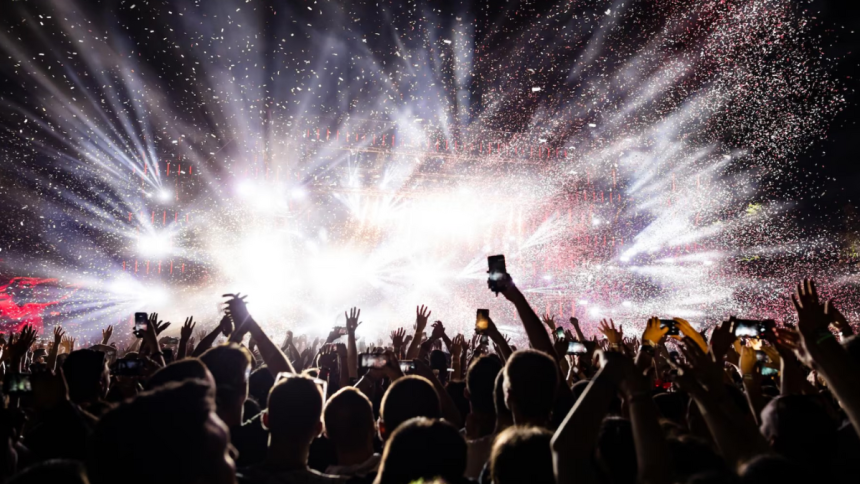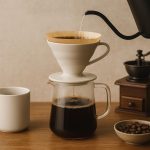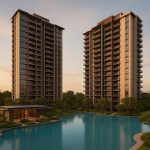A live concert is a combination of energy and atmosphere, and capturing its moments can be both exciting and challenging for photographers. If you are looking to initiate your journey as a concert photographer but are not sure of how, look no further. Discover the four most effective concert photography tips that will help you ensure you achieve stunning shots.
1. Research the Perfect Concert Venue
Before you head to a concert, spend enough time researching a variety of aspects of the venue meticulously, like:
- layout,
- lighting conditions, and
- any applicable restrictions.
Several venues have designated areas for photographers, often with varying perspectives on the stage. If you are familiar with the venue’s rules regarding photography, you can save a lot of stress and plan your shot locations accordingly.
What’s more, find out images from previous concerts held at the venue. Once you have it all, you can get an idea of the best angles and opportunities for dynamic shots.
2. Pick the Right Equipment for Concert Photos
Equip yourself with the right gear to be a successful concert photographer. Ideally, look for a camera that performs well in low light, as concerts often have challenging lighting conditions. Next, invest in fast prime lenses (with a wide aperture, such as f/1.8 or f/2.8).
These lenses allow more light to enter, helping you to create those beautiful, blurred backgrounds that emphasize your subject. Remember to have extra batteries and memory cards. Concerts often continue for extended hours. Don’t miss out on any moments due to technical difficulties.
3. Use the Right Camera Settings for Concert Photography
Manual mode on your camera enables you to customize your settings according to the unique lighting conditions of the concert. To have a good starting point, you must utilize various settings.
- a shutter speed of 1/250 seconds or faster to capture moving performers,
- an aperture of f/2.8 or wider to let in more light, and
- an ISO setting that balances noise and exposure effectively.
If possible, take some test shots. Then, make adjustments with settings on the fly, as the lighting changes throughout the performance. Additionally, leverage the best photo editing apps and tools to enhance and refine the photos you’ve captured.
4. Consider Light Conditions and Avoid Using Flash
Lighting at concerts can be unpredictable. Bright stage lights with dark backgrounds can create a challenging environment. Rather than using flash, which can adversely affect the ambiance and distract performers, learn how to work with available lights.
Focus on adjusting your ISO settings. Be sure to raise it to get a decent exposure. However, you should be mindful of potential noise.
If you intend to freeze action without introducing blur, experimenting with shutter speed can be the best option. Keep in mind that the faster shutter speeds will necessitate more light.
Final Verdict
Attention to every detail, the right gear and online tools, expertise, when combined, will make your every shoot mind-blowing and rewarding. Once you make yourself better prepared, you can capture the exhilarating experience of live music.
Lynn Martelli is an editor at Readability. She received her MFA in Creative Writing from Antioch University and has worked as an editor for over 10 years. Lynn has edited a wide variety of books, including fiction, non-fiction, memoirs, and more. In her free time, Lynn enjoys reading, writing, and spending time with her family and friends.















